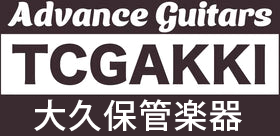About
More than one thousand two hundred years, "GAGAKU" has been performed at imperial court without changing its style, "NOU" has been specific dance performance, and "KABUKI" has been performed from Tokugawa era. Many different Japanese musical instruments have been played an important role at these times. Many different Japanese musical instruments had been played an important role at these traditional Japanese performances.
It's been played without changing its style and not many new instruments made these days. Most of them have been taken over player to player for many hundreds of years.
